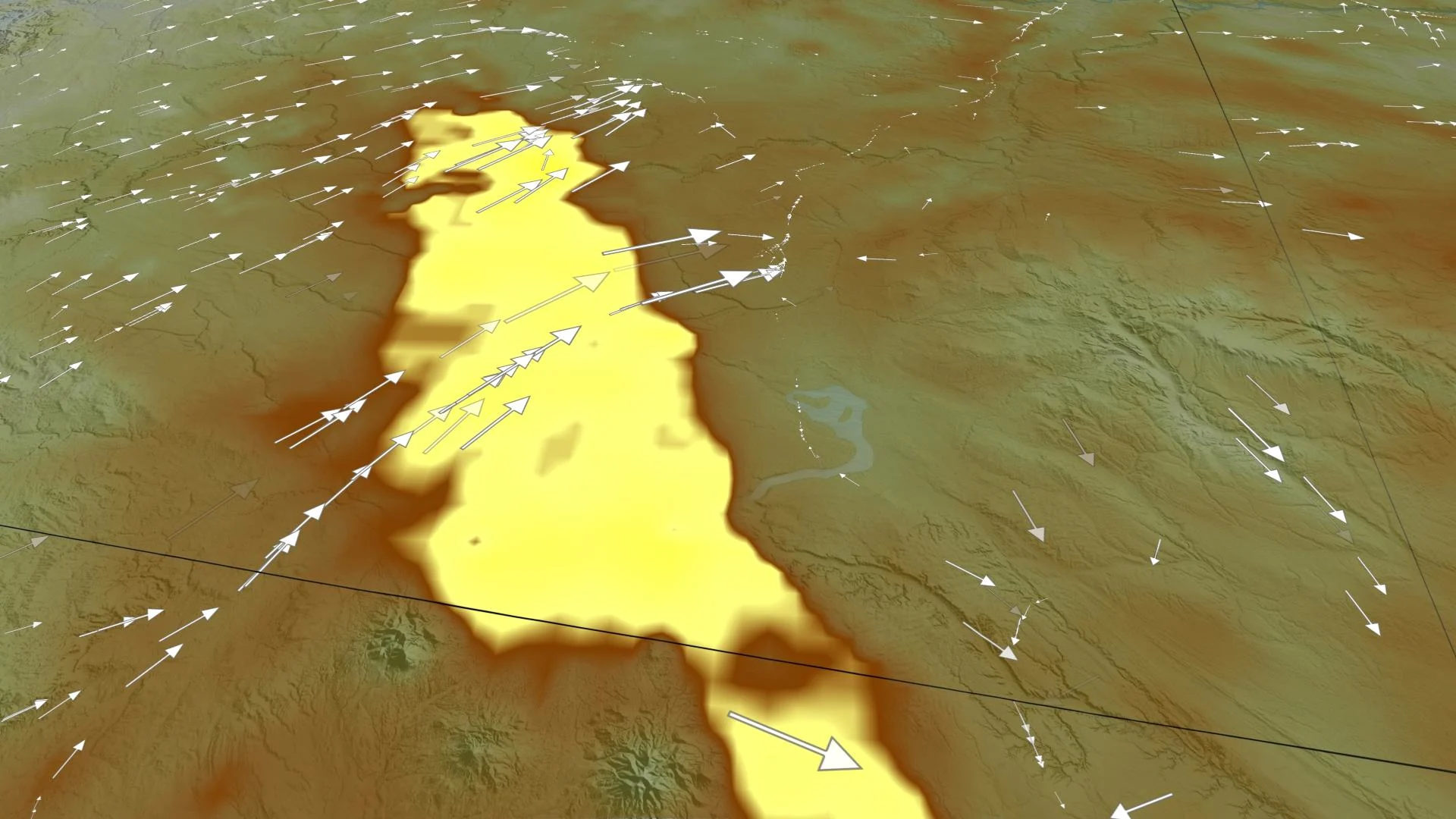
A heat burst, an unusual weather phenomenon, was just observed in Alberta
In less than one hour, temperatures soared by nearly 10°C in Medicine Hat.
Temperatures skyrocketed across southern Alberta and southwestern Saskatchewan during the pre-dawn hours on Sunday, contrary to the cooling trend that is typically observed at night.
Check out the temperature trend from Medicine Hat. Temperatures were hovering in the low 20s, then in under an hour, temperatures reached 30°C.

Evidence suggests that this extreme, localized warming was an uncommon weather phenomenon known as a heat burst.

A heat burst is associated with thunderstorm activity that transfers warmer temperatures higher up in the atmosphere down towards the Earth’s surface, bringing locally gusty winds.
The air is less dense in the upper atmosphere, but when it sinks, air pressure increases. The pocket of air compresses and causes the temperature to rise. An incredibly anomalous air mass remains if this air parcel doesn't mix with the surrounding air, which is likely what occurred in Medicine Hat.
Typically we see heat bursts at night because the ground cools off quicker than the air in the upper atmosphere. A collapsing thunderstorm pushes air towards the dry surface, and often the precipitation can evaporate before reaching the ground.
Watch below: How to put out your campfire properly during wildfire season
Widespread heat warnings currently cover most of Alberta and Saskatchewan with daytime highs climbing above 30°C. Environment and Climate Change Canada (ECCC) recommends extra precautions during this period of extreme heat.
“Heat warnings are issued when very high temperature conditions are expected to pose an elevated risk of heat illnesses, such as heat stroke or heat exhaustion,” ECCC stated in the heat warning for Calgary.
“Pay particular attention to individuals that can experience earlier or more severe effects from heat including infants, children, seniors, and individuals with pre-existing lung, heart, kidney, nervous system, mental health or diabetic conditions, outdoor workers, as well as those who are socially isolated.”










